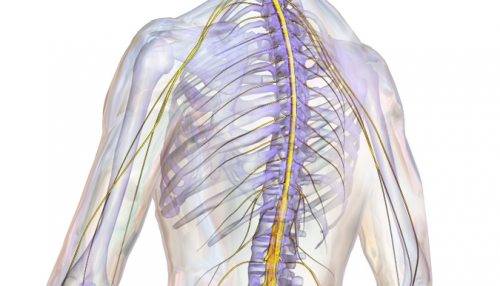
During the first year after spinal cord injury, an electrophysiological index – the so-called Hoffmann reflex depression (H) – gradually disappears. This index is used to study the function of neuronal pathways and, in the case of spinal cord injury, reflects the reorganisation of its interneurons after the loss of descending inhibition from the cortex. […]



